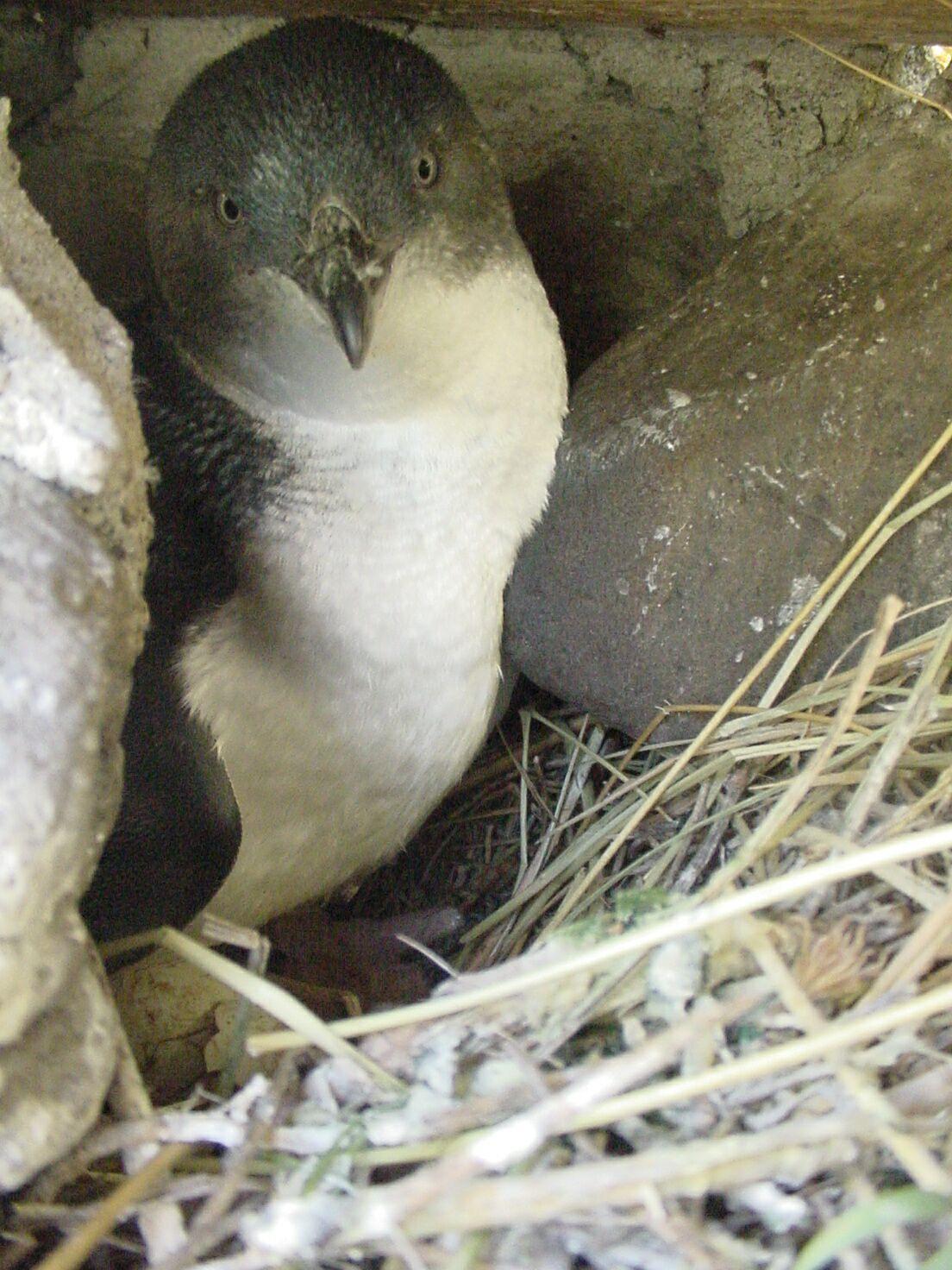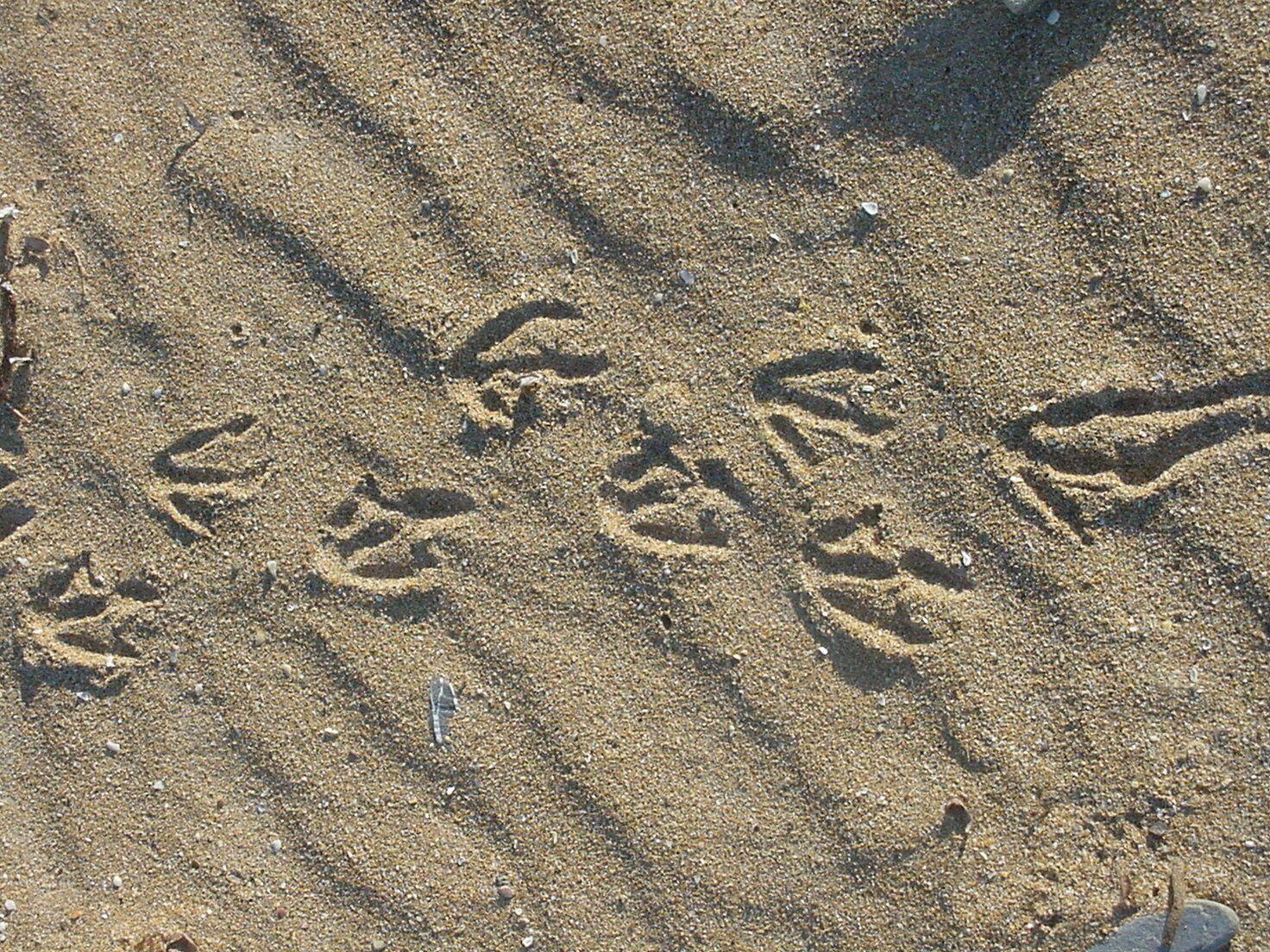
2 minute read
Take responsibility for our Little Penguins
Taking responsibility for our Little Penguins
Of all the Australian states, Tasmania has the highest proportion of its population (99%) living within 50 kilometres of the coast. Despite our chilly climate, we prize our nearness to the water, and we build shacks, pathways, playgrounds and homes near the beach. In some urban areas, residents literally have penguins living on their doorstep, burrowing under their houses or in their backyard. How special is that?
Cradle Coast Authority, Member Councils, governments, and community groups have learnt a lot about penguins and the threats they face on land and at sea over the last 25 years. We’ve built penguin fences to stop them being run over by cars and trains. We’ve documented the location of penguin colonies in urban areas and developed management plans to help protect them. We’ve raised community awareness about Little Penguins and provided examples of how we can all help to look after them better. We’re certainly heading in the right direction, with Little Penguins recently declared to be “sensitive wildlife” by the Tasmanian Government. The Stanley Peninsula and the coastal strip from Wynyard to Don Heads have been declared as sensitive wildlife areas and additional penalties for dog attacks apply.
Unfortunately, on land, the threats continue: clearing habitat, feral and domestic cats and dog attacks. Many coasters were justifiably horrified to recently hear about more penguin deaths at Camdale. Last year there were more than 40 penguin deaths reported at Wynyard, leaving at least 1 0 penguin chicks orphaned. Over the years, Little Penguin deaths have also been reported at Stanley, Sulphur Creek, King Island and West Ulverstone culminating in hundreds of deaths. Historically, some colonies have been wiped out, and others have been severely impacted by the loss of mature breeding birds. Nearly all of these have been confirmed as dog attacks.
As our coast becomes more popular, with more houses, more people, more pets and an increase in beach usage, we need to start rethinking how we use the coast. The Cradle Coast could be that special region where people have made an extra effort through small but significant changes in their everyday actions to protect our beaches, our coastal wildlife and our treasured lifestyle.
We have seven community groups whose members volunteer as penguin guides, providing education, looking after habitat and caring for injured or orphaned birds and it’s important to keep supporting them. However, we shouldn’t leave it entirely to others to do the job for us. Everyone must take responsibility. We can all play a role by setting higher expectations of ourselves and others when it comes to respecting the rules around “No Dog” beaches and preventing our pet dogs and cats from roaming.
It’s not hard to imagine the Cradle Coast region becoming famous internationally for the way we look after our penguins and share them with the rest of the world, but it requires meaningful change and that starts with each of us. Written by: Daryl Connelly, CEO, Cradle Coast Authority.
Penguin footprints in the sand.











